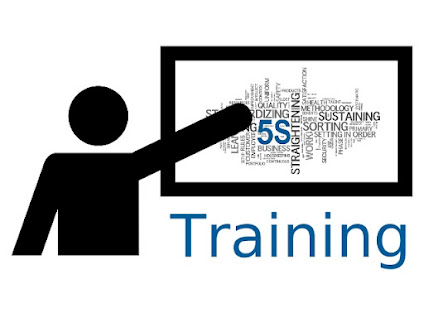A Step-by-Step Guide to Getting Started with Process Capability Training
Process capability training is a
valuable tool for any organization striving to improve its processes and
increase efficiency. It can help identify areas of improvement, reduce costs,
and ensure that products meet customer requirements. However, getting started
with process capability training can be daunting for those unfamiliar with the
concepts involved. To make the transition easier, here’s a step-by-step guide
to getting started with process capability training:
Step 1: Understand Process
Capability Training Basics
The first step in understanding how
to use process capability training is learning about its basic principles.
Processes must have certain characteristics such as stability and repeatability
to achieve desired outcomes consistently over time; these are referred to as
“process capabilities” or “capabilities” for short. By measuring these
capabilities through data collection techniques like statistical analysis or
control charts, organizations can better understand their processes so that
they may be improved if necessary.
Step 2: Identify Areas of
Improvement Once you have an
understanding of what constitutes good performance when it comes to your
processes (i.e. what your current level of performance should look like), you
need then needto identify where improvements could be made by using various
tools such as cause & effect diagrams or fault tree analysis. This will
allow you to pinpoint specific areas within the overall system that require
attention before embarking on further steps toward improving them via process
capability training.
Step 3: Set Targets After
identifying potential problem areas within your systems, its important next set
targets that reflect the desired levels of performance after implementing
changes based on conclusions drawn from previous steps. These targets should
take into account both quantitative measures (such as cost savings) and
qualitative ones (such as customer satisfaction). Setting realistic goals helps
focus efforts on achieving meaningful results rather than wasting resources
pursuing unattainable objectives.
Step 4: Implement Necessary
Changes Based upon identified problems and established targets, appropriate
corrective actions must now be taken to move closer to meeting organizational
goals. Depending upon the nature of issues encountered during previous phases
this might involve redesigning existing procedures and introducing new ones
altogether; whatever direction chosen however ought always to align with
previously stated objectives regarding quality/cost reduction etc.
Also Read: Hypothesis training
Step 5: Measure Performance
Finally once all necessary modifications have been implemented measure the
effectiveness thereof using the same techniques employed earlier during the
initial assessment i.e., statistical methods /control charts, etc. Doing so
allows not only assessing the progress being made, but also seeing whether
original targets were met.




Comments
Post a Comment